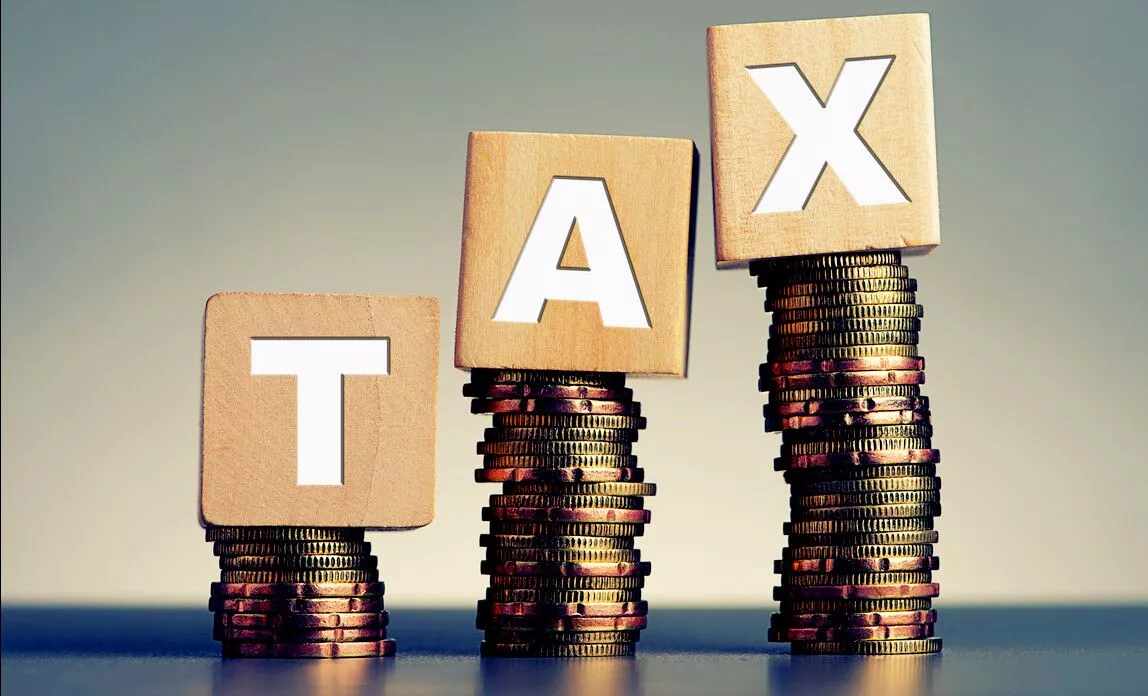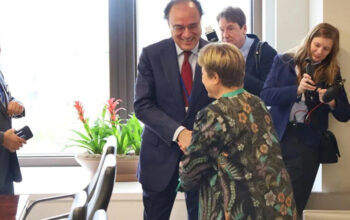By Staff Reporter
ISLAMABAD: Pakistan’s tax-to-GDP ratio is projected to reach 10.6% by the end of the current fiscal year, Finance Minister Muhammad Aurangzeb said on Friday, signaling incremental progress toward a 13% target under the country’s International Monetary Fund (IMF) program to stabilize its debt-strained economy.
The government aims to increase the ratio to 13% by the conclusion of its 37-month, $3 billion Extended Fund Facility (EFF) with the IMF, Aurangzeb told representatives of S&P Global Ratings during a virtual meeting as part of Pakistan’s sovereign ratings review. The fiscal year ends on June 30.
In a statement released by the Finance Division, Aurangzeb outlined Pakistan’s macroeconomic reform agenda, emphasizing efforts to achieve “sustainable and inclusive economic growth” through structural overhauls across taxation, energy, and state-owned enterprises (SOEs) and rightsizing of government functions, and more active debt management strategies
“During the session, the finance minister presented a detailed overview of the government’s macroeconomic reform agenda and reaffirmed Pakistan’s commitment to achieving sustainable and inclusive economic growth by enhancing productivity and promoting exports,” the statement said.
Aurangzeb detailed progress on key economic metrics, including achieving primary and current account surpluses, while projecting foreign exchange reserves to rise to $14 billion by end-June.
“He also highlighted the achievement of surpluses in both the primary balance and the current account as major milestones, underscoring the improving fundamentals of Pakistan’s economy,” the statement said.
The finance minister “credited strict financial discipline and robust coordination between the federal and provincial governments for enabling the achievement of a primary surplus”.
Aurangzeb said the country’s external portfolio was well-managed, “with foreign exchange reserves projected to reach $14 billion by the end of June, supported by upcoming institutional and trade inflows, strong remittances, and easing oil prices, all of which are helping reduce pressure on the external account”.
The minister pointed to the signing of a comprehensive National Fiscal Pact, the operationalization of the National Tax Council, and the introduction of an agricultural income tax as key steps. These initiatives, the statement said, demonstrate a unified government approach aimed at improving resource efficiency, expanding the tax base, and fostering long-term inclusive growth.
The finance minister, recently returned from the United States, where he attended the World Bank and IMF Spring Meetings, shared hin insights with representatives of S&P Global. Over six days, Aurangzeb held more than 70 meetings with counterparts, development finance institutions, investment banks, multilateral and bilateral partners, rating agencies, think tanks, and media outlets.
Feedback from these stakeholders was overwhelmingly positive, reflecting appreciation for Pakistan’s structural reforms and macroeconomic stability over the past 14 months.
“At the same time, there was a strong and unified recommendation for Pakistan to stay the course, deepen the reform momentum, and focus on embedding permanence in macroeconomic stability, with international partners expressing readiness to support the country in achieving these objectives,” the statement added.
Copyright © 2021 Independent Pakistan | All rights reserved




